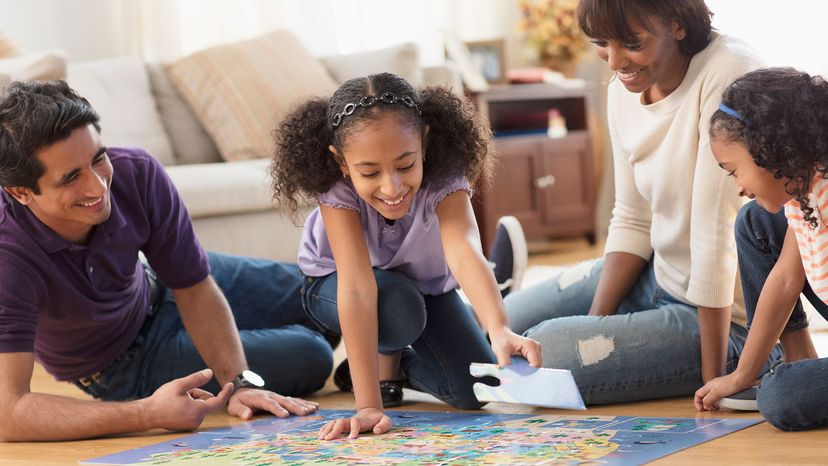
People have been enjoying jigsaw puzzles for nearly three centuries — ever since map engraver John Spilsbury affixed one of his maps onto a piece of wood in 1762, then cut out the countries. (He wanted to help local schoolkids with their geography lessons.) Today, nearly half of all Americans regularly puzzle, as it's called, with one-fifth tackling one at least monthly.
Yet despite puzzling's popularity, assembling one can be frustrating. No big surprise there; it's a puzzle, after all! But since making puzzles is supposed to be fun, check out these eight tips that puzzling pros say will enhance your skills.
Advertisement
